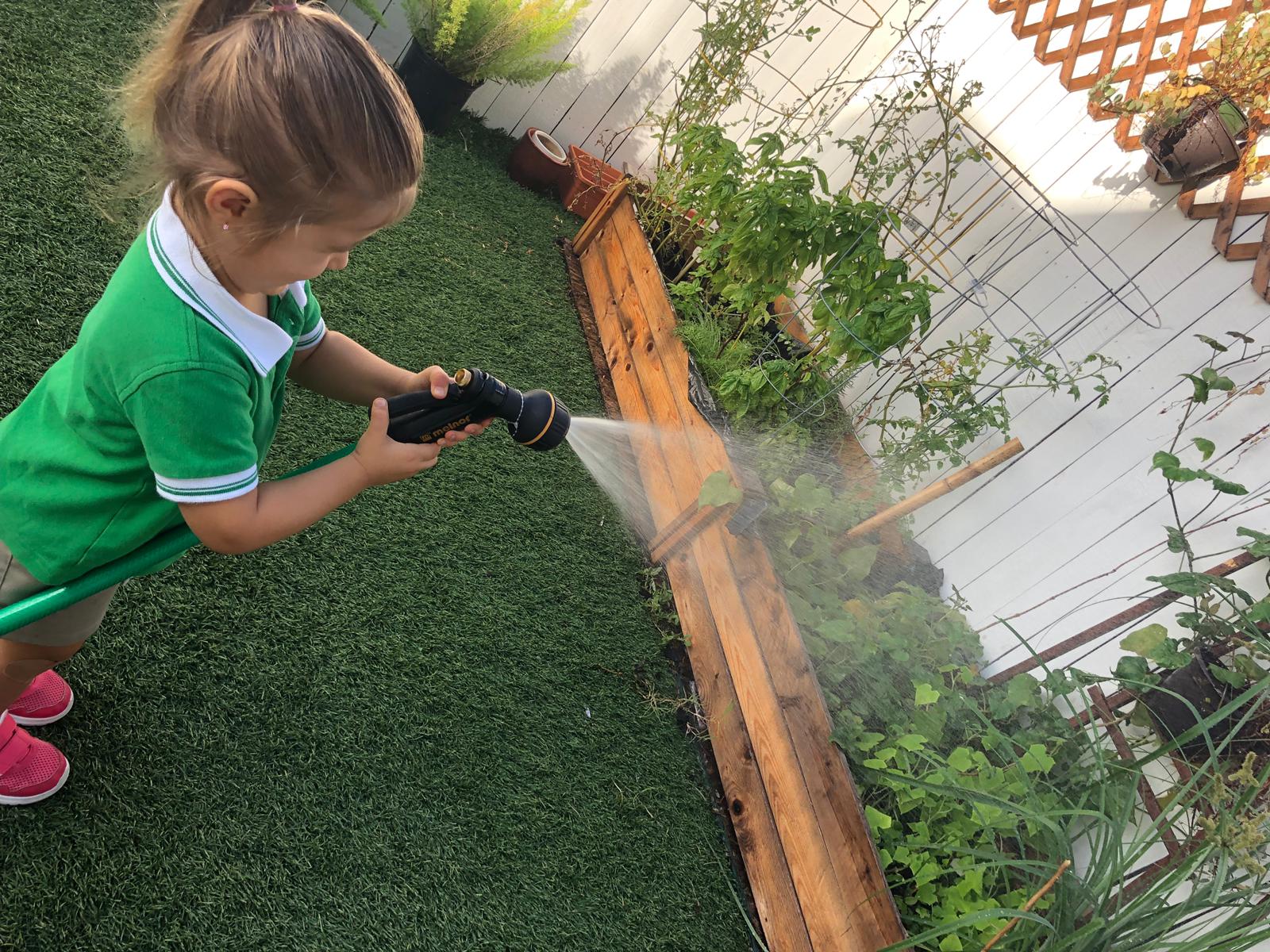
Session 1: Tie Dye Fun
Feelin’ groovy? Time to let your creativity flow as we experiment with different ways to make interesting color patterns on our Summer Camp T-shirts!
Week 1:
Monday, June 3 – Friday June 7
Response to Biting – Action Plan
When a child is bitten:
For the biter:
- The biter is immediately removed with no emotion, using words such as “biting is not okay – it hurts.”
We will avoid any immediate response that reinforces the biting or calls attention to the biter. Caring
attention will be focused on the child who was bitten.
- The biter will not be allowed to return to work/play and will be talked to on a level which he/she can
understand. “I can see that you want that truck, but I can’t let you hurt him. We don’t put our teeth on
people.”
- The child will be redirected to other work/play.
- Staff will complete a incident report and notify the family of the biter when the child is picked up
for the day.
For the victim:
- Staff will separate the child who was bitten from the biter.
- Special attention will be given to comfort the child.
- Staff will administer appropriate first aid
- Staff will then complete an incident report to notify family of the victim that the child has been
bitten.
- Classroom staff will confer with the director to review the context of the biting incident, whether
adequate supervision was present and whether the environment contributed to the biting incident. If changes in supervision and/or environment are warranted, then those changes will be implemented.
When biting continues:
- Classroom staff will meet with the director on a routine basis for advise, support and strategy planning.
- Staff will chart every occurrence, including attempted bites, and indicate location, time, participants,
behaviors, staff present, and circumstances.
- Staff will “shadow” children who indicate a tendency to bite, to:
Head off biting situations before they occur.
Teach non-biting responses to situations and reinforce appropriate behavior.
Adapt the program to better fit the individual child’s needs.
Teach responses to potential biting situations: “Stop” or “That hurts!”
- Staff will work together as partners with the parents of both biting children and frequent victims to keep all informed and develop a joint strategy for change.
- Teachers will hold a conference with the parents of the biting child to develop a written plan of action.
- Teachers will consider early transition of a child “stuck” in a biting behavior pattern for a change of
environment, if developmentally appropriate.
- Prepare the parents of the biting child for the possibility that the child may have to be removed from the Center and help them to make contingency plans.
- If it is deemed in the best interest of the child, center, and other children, terminate the child from
New Generation Montessori for the duration of the biting stage. Written warning will be given to the
families before this action will be taken.
Biting Confidentiality
In compliance with NAEYC confidentiality guidelines, DMS staff will maintain complete confidentiality of all children involved when notifying parents that their child has been bitten or bit another child.
Child’
